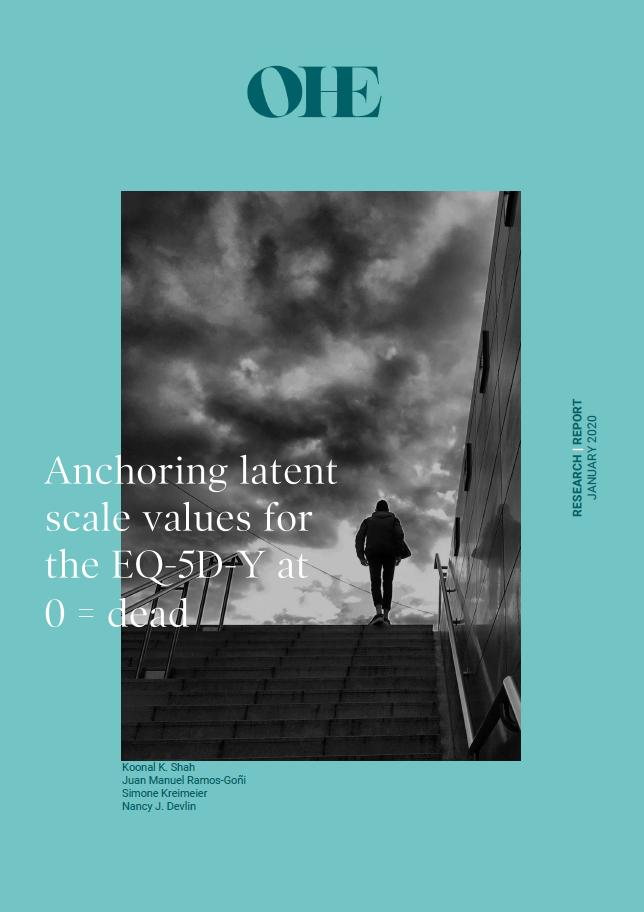Sign up to our newsletter Subscribe
Analysing Global Immunisation Expenditure

To date there have been no value sets to support the use of the EQ-5D-Y in cost-utility analysis. Discrete choice experiments (DCEs) can be used to obtain values on a latent scale, but these values require anchoring at 0 = dead to meet…
To date there have been no value sets to support the use of the EQ-5D-Y in cost-utility analysis. Discrete choice experiments (DCEs) can be used to obtain values on a latent scale, but these values require anchoring at 0 = dead to meet the conventions of quality-adjusted life year (QALY) estimation. This Research Paper describes a study in which four stated preference methods for anchoring EQ-5D-Y values were compared: visual analogue scale, DCE (with a duration attribute), lag-time TTO and the recently developed ‘location-of-dead’ (LOD) element of the personal utility function approach. A sample of adult members of the UK general public valued both EQ-5D-3L health states from an adult perspective (considering their own health) and EQ-5D-Y health states from a child perspective (considering the health of a 10-year-old child).
Overall, respondents gave lower values under the adult perspective compared to child perspective, with some variation across methods. Values for health state 33333 (the worst health state defined by the EQ-5D-3L and EQ-5D-Y descriptive systems) tended to be negative for the adult perspective and closer to 0 for the child perspective. The paper presents potential criteria for selecting a preferred anchoring method, and discusses the decision-making circumstances under which utilities and QALY estimates for children and adults need to be commensurate in order to achieve allocative efficiency.
A revised version of this paper has been published in the European Journal of Health Economics and can be downloaded from:
https://doi.org/10.1007/s10198-020-01205-9
Please cite as: Shah, K.K., Ramos-Goñi, J.M., Kreimeier, S. and Devlin, N.J., 2020. An exploration of methods for obtaining 0 = dead anchors for latent scale EQ‑5D‑Y values. European Journal of Health Economics. https://doi.org/10.1007/s10198-020-01205-9
Anchoring Latent Scale Values for the EQ-5D-Y at 0 = Dead

